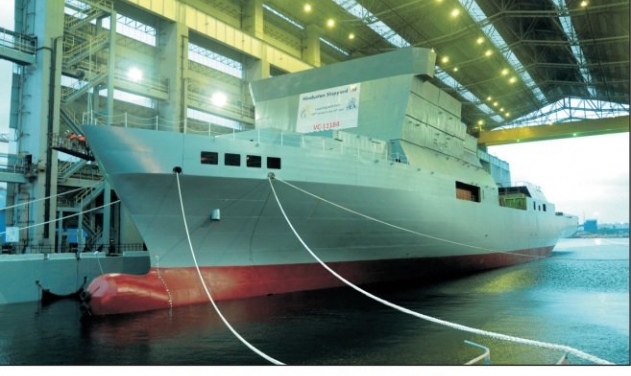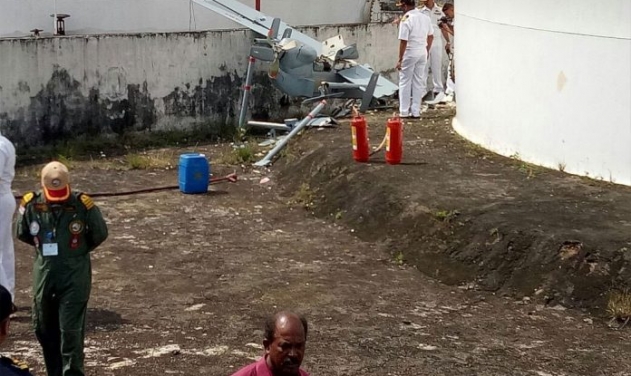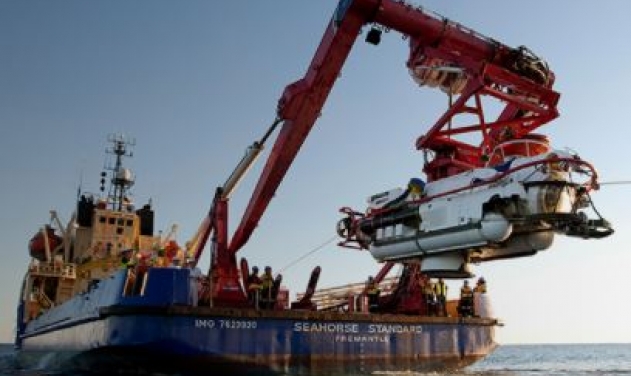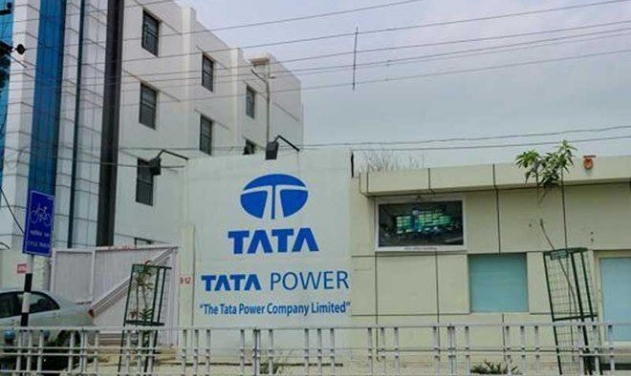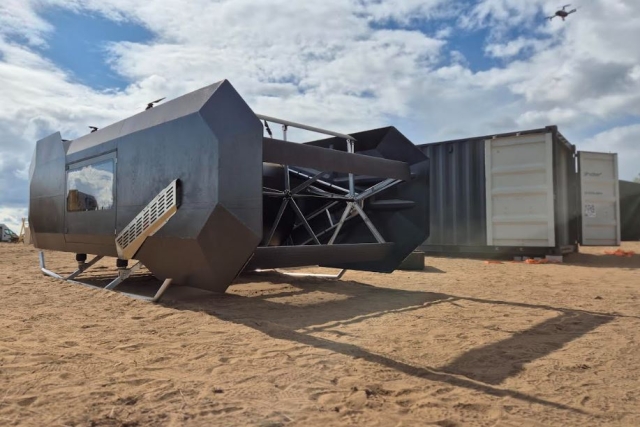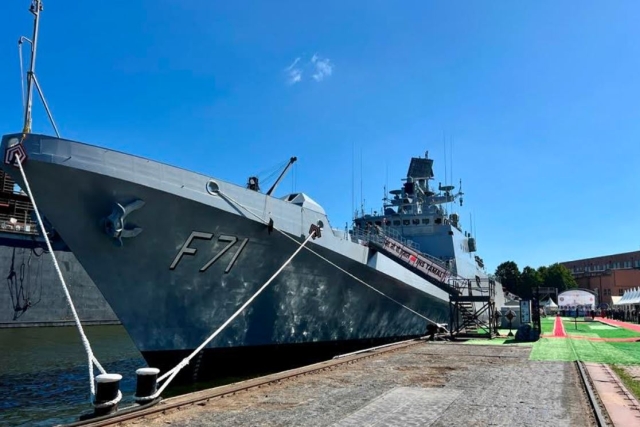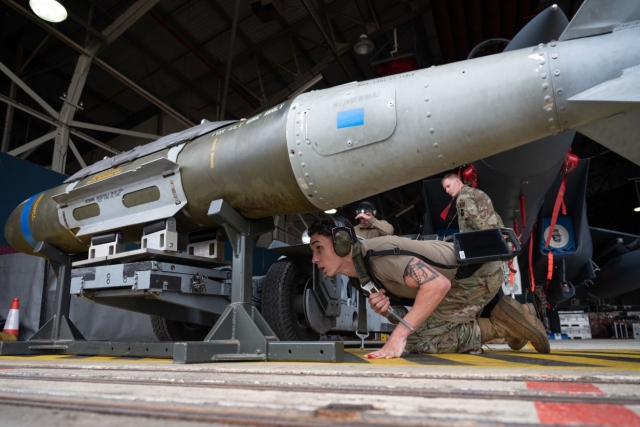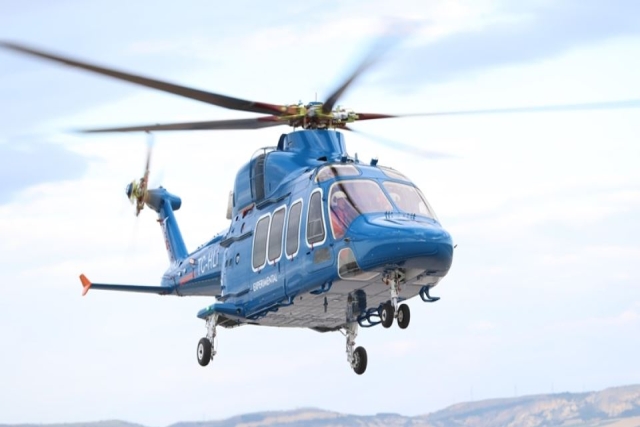Indian Navy to Issue RFP for Carrier-borne Multi-Role Combat Aircraft in 2018
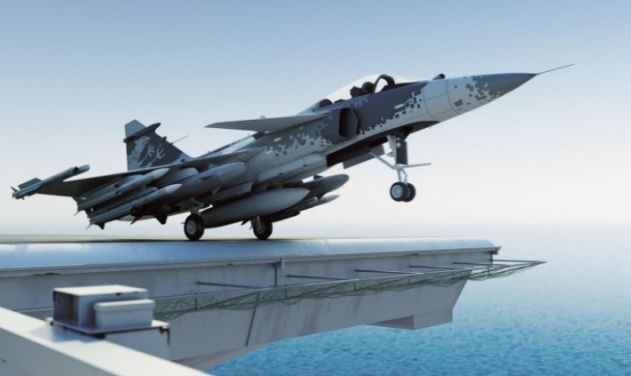
The Indian Navy is likely to issue a request for proposal (RFP) to acquire 57 multi-role combat fighter jets for the aircraft carriers by mid-2018, Navy Chief said.
"Hopefully we will be able to issue the RFP by middle of next year," Indian Navy Chief Admiral Sunil Lanba said Sunday.
Four aircraft manufacturers have shown interest in the project.
The Navy chief also said the first Indigenous Aircraft Carrier (IAC I) will be ready by 2020 and the Navy was looking for deck based combat capable fighter aircraft for it.
He said the naval version of the Light Combat Aircraft (LCA) Tejas developed by Hindustan Aeronautics Ltd. cannot operate from deck and that is why the Navy was looking for other options.
"I need a deck based combat capable fighter by 2020 for IAC I. In present state, LCA Navy cannot be operated from deck," he said.
The Navy chief also said that the "form and fit" of the second indigenous aircraft carrier have been finalised and that it will be a 65,000-tonne vessel.
In January this year, the ministry of defence issued a request for information to procure approximately 57 Multi-Role Carrier Borne Fighters (MRCBF) for aircraft carriers of the Indian Navy.
The price of the contract has been estimated on the cost of each carrier borne jet at around US$200 million each if it were a western fighter or under US$100 million if it were to be a Russian jet.
The likely contenders for the contract can be Boeing’s F/A-18 Super Hornet, a naval version of the Dassault Rafale, Russian Su-33 that were used in the recent Syrian operations and another Russian-carrier based fighter, the MiG-29K Fulcrum fighter jet. India operates a total of sixteen MiG-29Ks from the carrier INS Vikramaditya and the navy is expected to take deliveries of all 45 MiG-29K fighters, which began in late 2009, this year.
Saab has earlier offered its Sea Gripen, the naval version of Gripen NG to India. The Sea Gripen is intended for both CATOBAR and STOBAR aircraft carriers. Sea Gripen is the only aircraft that fits with the intended RFI’s terms for aircraft which can operate in both CATOBAR and STOBAR take-off and landing systems.
The selection of the aircraft will depend on what launch system will be used aboard the new carries currently under construction.
It is still not clear if the procurement will have a ‘make-in-India’ component or it will be a fully foreign import like the MiG-29K or the recently purchased Dassault Rafale for the Indian Air Force.
The INS Vikramaditya and INS Vikrant, India’s first indigenously built aircraft carrier, are both fitted with so-called ski-jump assisted Short Take-Off But Arrested Recovery (STOBAR) launch systems for launching aircraft, whereas the second carrier of the new Vikrant-class, the INS Vishal, will likely use a catapult assisted take-off but arrested recovery (CATOBAR) aircraft launch system, incorporating the new electromagnetic aircraft launch system (EMALS) technology.
In November 2016, Indian Navy revealed INS Vishal planned to be launched by 2030 and not carry MiG-29Ks but a new generation of probably CATOBAR aircraft. This will open up opportunities for competitors, in particular France and the United States, to push their naval combat aircraft, or even other Russian aircraft.
According to the RFI, ‘the aircraft, single- or twin-seat (or available as both), should be able to perform Short Take-off But Arrested Recovery (STOBAR) or Catapult Take-off But Arrested Recovery (CATOBAR) operations or both’.
Russian Sukhoi Su-33 single-seat ship-based STOBAR fighter can easily take-off at max load of 32000kg from 110m. The aircraft was used in Syrian operations. Only the Russian MiG-29K and Su-33 are STOBAR configured.
The French Naval Charles de Gaulle aircraft carrier with active CATOBAR uses Rafale M fighter jets.
Last April, the US agreed to share catapult technology with India on the new launching and landing systems being installed on the latest US aircraft carrier USS Gerald R. Ford.
India wants to move to a flat-deck design for its aircraft carriers, former US Defense Secretary Ashton Carter had said that the US is "more than willing" to share its catapult technology for launching fighter jets off carriers.
The Navy Chief in December 2016 had rejected the home-grown Light Combat Aircraft, Tejas. “The Naval LCA did not meet his force’s requirements and would look for a Foreign-made plane,” he had said.
The Navy currently operates Russian MiG-29K fighters from the aircraft carrier INS Vikramaditya and which will also fly from the first Indigenous Aircraft Carrier (IAC) Vikrant once it enters service.
The MiG-29Ks were procured by India with the INS Vikramaditya and it is the only country in the world to operate the aircraft.
Replying to a question, he said there will not be any financial constraints in procuring 57 new deck based fighter jets.
At the same time, he indicated that declining capital budget for the Navy was a matter of concern. He said he had raised the issue with the defence ministry.
